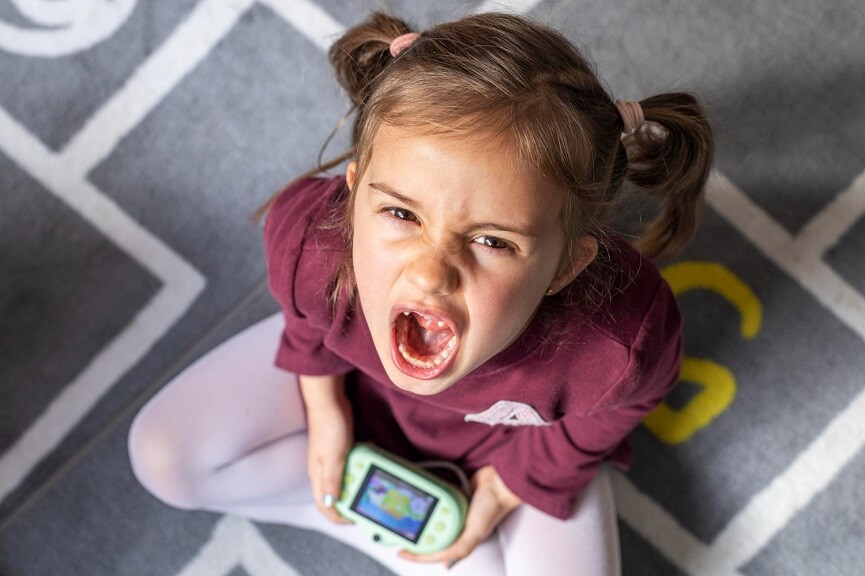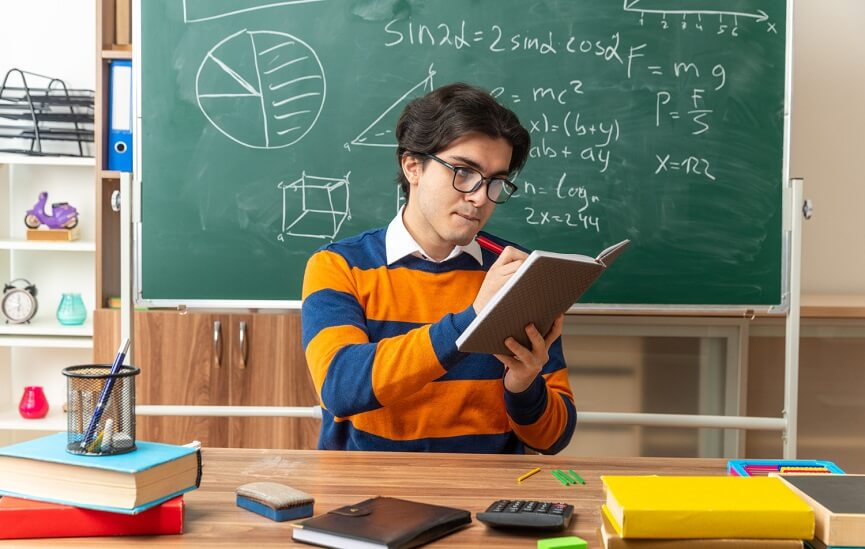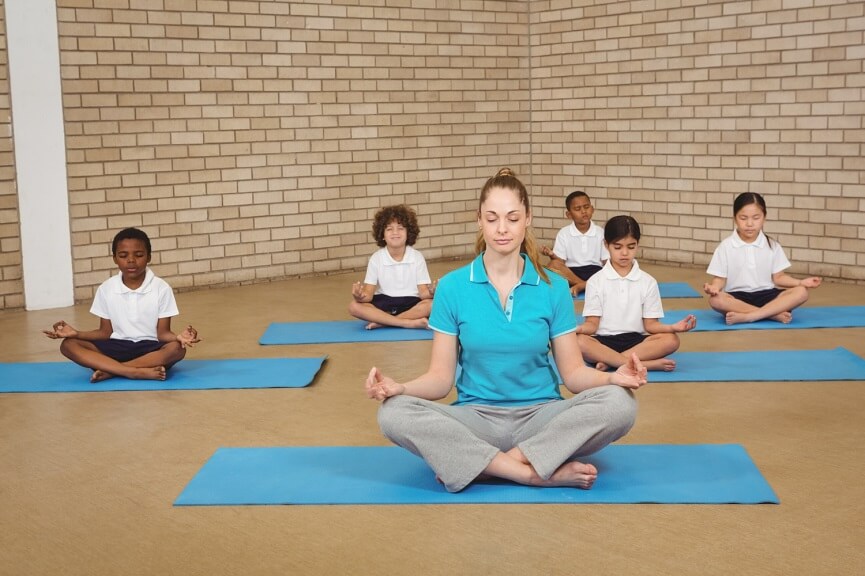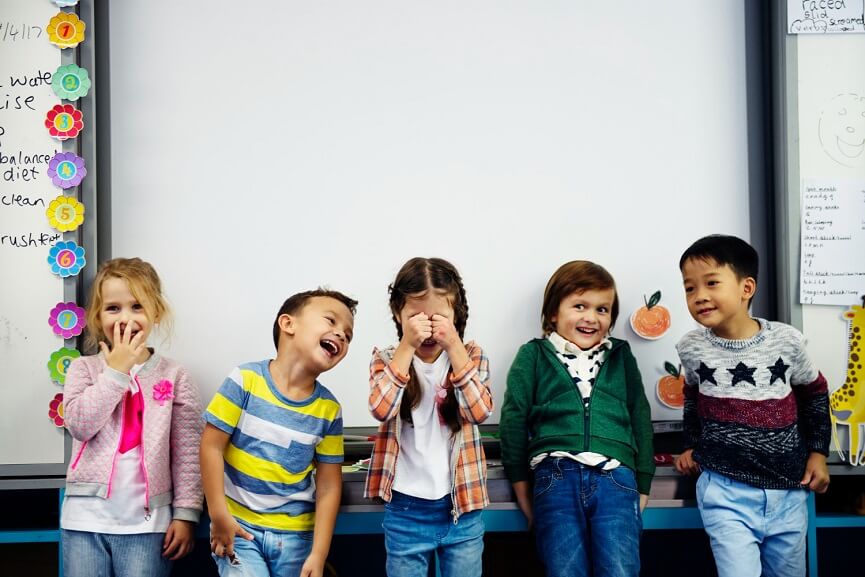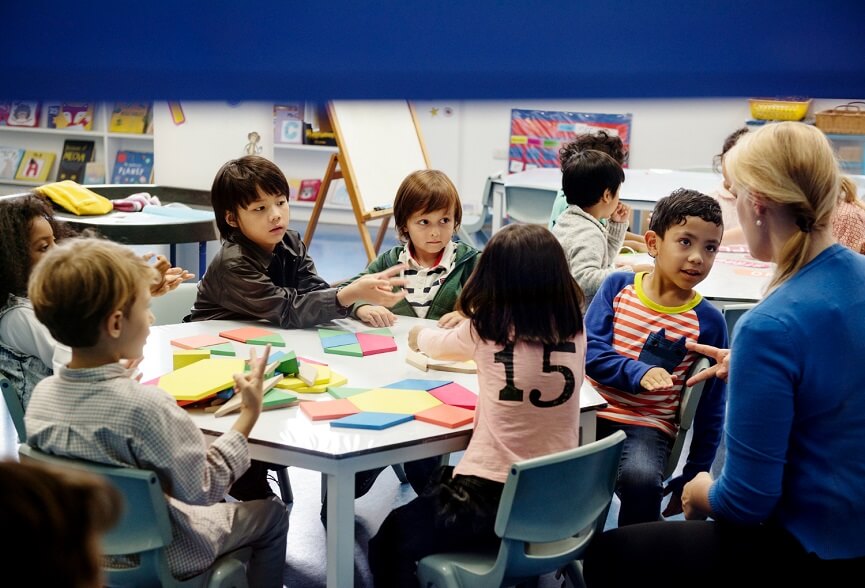Understanding Learning Styles: Making Learning Fun for Children
By Billabong September 10, 2024
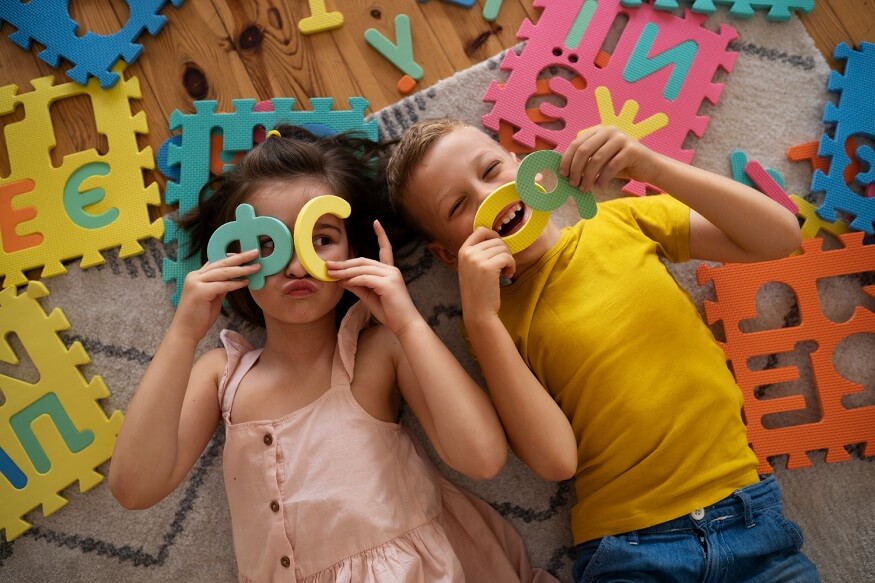
Children have different ways of adapting to the world. Each child is unique in the way they perceive and learn to thrive in their environments. When it comes to learning processes, not all children learn the same way. In the realm of education, learning styles play a big role in how a child understands information and concepts. As parents, it is important to decipher the most optimal way in which your child learns, and employ different strategies to ensure they are learning at their full potential. When learning strategies are customised to match the way a child learns, the process of learning becomes fun and engaging. In this blog, we take a look at effective learning methods that parents and educators can use to ensure children have an enriching learning experience.
Different Learning Styles for Your Child
Studies have found that the most common learning styles are fourfold. These are visual, reading/writing, auditory, and kinesthetic. Each of these styles has its own unique characteristics which help learners process information in an optimal way.
Reading/Writing Learners:
These kinds of learners will excel through various reading and writing activities. They will thrive on written instructions, reading assignments and taking detailed notes. Providing plenty of opportunities to engage with the written word will prove to be beneficial for these types of learners. For instance, setting them tasks like writing essays, summarising texts, and engaging with written content will boost their levels of learning.
Visual Learners:
Visual learners tend to grasp information more easily when it is presented in a visual format. For these kinds of learners, using visual aids like diagrams, charts, videos, mind maps and infographics help with better understanding and memory retention.
Auditory Learners:
Auditory learners are naturally inclined to learning more efficiently through listening. They prefer lectures and discussions, and comprehend verbal instructions better than reading from a textbook. Typically, auditory learners benefit from using mnemonic devices, music and rhymes to recall information.
Kinesthetic Learners:
Kinesthetic learners learn best by doing things. They prefer to engage in activities like experiments, hands-on activities, and real-world applications. Lab experiments and interactive simulations can make learning more meaningful for these students.
Contemporary Learning Strategies
Effective learning strategies can transform the educational experience for children. Progressive teaching methodologies use a number of strategies to make the classroom experience more engaging for all types of learners. Here are some of the most effective strategies known to result in successful learning outcomes:
Integration of Technology:
Teachers use educational technology tools to support diverse learning styles in education. For instance, interactive apps, online courses, and digital resources can provide excellent learning experiences by catering to various learning styles and preferences.
Multisensory Learning:
A combination of visual, auditory, and kinesthetic activities is extremely beneficial for classroom teaching, where students with multiple learning styles are all learning at the same time. For instance, a science lesson can include a video (visual), a discussion (auditory) and an experiment (kinesthetic) with written instructions (reading/writing).
Personalised Learning:
Teachers who are up-to-date with new teaching methodologies are trained to adapt their teaching methods to meet individual student needs. Assignments are set and feedback is given to address each student’s unique strengths and areas of improvement. This helps foster a more meaningful learning environment.
Collaborative Learning:
Group discussions and collaborative projects can help students learn from each other and develop social skills at the same time. Collaborative learning is also very effective in helping students build their leadership skills, and become accustomed to working with different perspectives and styles of learning.
Learning Methods for Diverse Learners
Different learning methods and styles can make education more inclusive and effective. Here are some of the more effective strategies designed to help each type of learning styles in education:
For Reading/Writing Learners:
Provide ample reading materials and encourage them to take notes. Use written instructions, assignments, journaling and essay writing to enhance comprehension.
For Visual Learners:
Make use of visual aids like videos, charts and diagrams to help students structure information in their minds. Asking them to create their own visual aids or infographics from the information they have learned is also an excellent way to aid recall.
For Auditory Learners:
Integrate audio materials like recordings, lectures, and discussions to supplement textbook information. Reading aloud and making oral presentations is also quite beneficial for auditory learners as they tend to memorise information more efficiently through this process. Encourage them to take part in group discussions and debates.
For Kinesthetic Learners:
Practical experiments and hands-on activities like role-playing, field trips, and interactive projects are effective ways to engage these types of learners.
Each child has their own individual learning needs. Using a variety of learning methods and strategies can enhance a student’s understanding of information and vital coursework. This results in more joyful learning experiences, which in turn creates life-long learners who are curious and eager to discover new information, and are able to adapt quickly to changing situations. When learning strategies are integrated into educational frameworks, it enables teachers to cater to individual learning styles, leading to overall excellence.
At Billabong High International School, we recognise and nurture each student’s unique learning style. Our individualised teaching methods ensure that every child enjoys a fulfilling educational journey. To understand how we transform learning into an enriching experience, visit our website or contact our admissions office today.
Latest Blogs
- Understanding the Science behind the Day and Night Cycle
- Toddler Tantrums: Understanding and Tackling Toddler Outbursts
- Tips to attempt ICSE Class 10 Board Exam – Maths
- The Role of Yoga in Creating a Balanced Student Life
- School Life: A Journey of Growth, Learning, and Transformation


